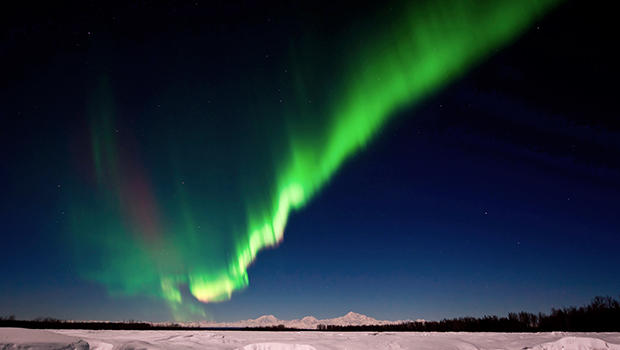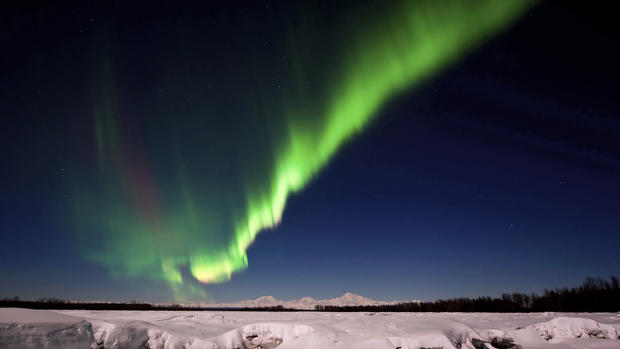Northern Lights will be visible farther south this year, scientists say
On any given year, the Northern Lights are awe-inspiring. Travelers usually trek to the far north to spot the natural display – but this year, scientists say, they will be visible much farther south.
They already appeared over Lake Superior on Oct. 2 and Oct. 9.
That’s because the sun is at solar maximum, the peak of its 11-year sunspot cycle. The cycle is expected to continue intensifying throughout December.
When sunspots, or magnetic fields, emerge on the sun, they often erupt, spewing plasma into the solar system in what are called coronal mass ejections (CME).
The resulting solar storms generate strong solar winds – clocked so far at up to 2 million miles per hour, according to Mother Nature Network – and send solar particles into Earth’s atmosphere.
When those solar particles collide with atoms high in the atmosphere, specifically near the poles, they emit burning gases like oxygen and nitrogen. As it hits the atmosphere around the North Pole, oxygen appears green and yellow. Nitrogen appears blue.
The combined effect is the aurora borealis, or Northern Lights.
In a video released in August, NASA’s Todd Hoeksema, who leads the Wilcox Observatory at Stanford University, explained that there will be a “solar flip” this month, as the sun’s magnetic poles undergo a “complete field reversal.”
"This change will have ripple effects throughout the solar system," he said. “Transitions from one side to another can stir up stormy space weather around our planet,” the accompanying release stated.
Part of that ripple effect is the increased visibility of the aurora borealis, as well as marking the end of Solar Cycle 24.
The aurora season runs from mid-autumn through late March, though exact dates are unpredictable. Observers can attempt to predict certain aurora events by looking at NASA’s sunspot cycle website.
NASA scientists say it will be another decade before the show is so clear again.



